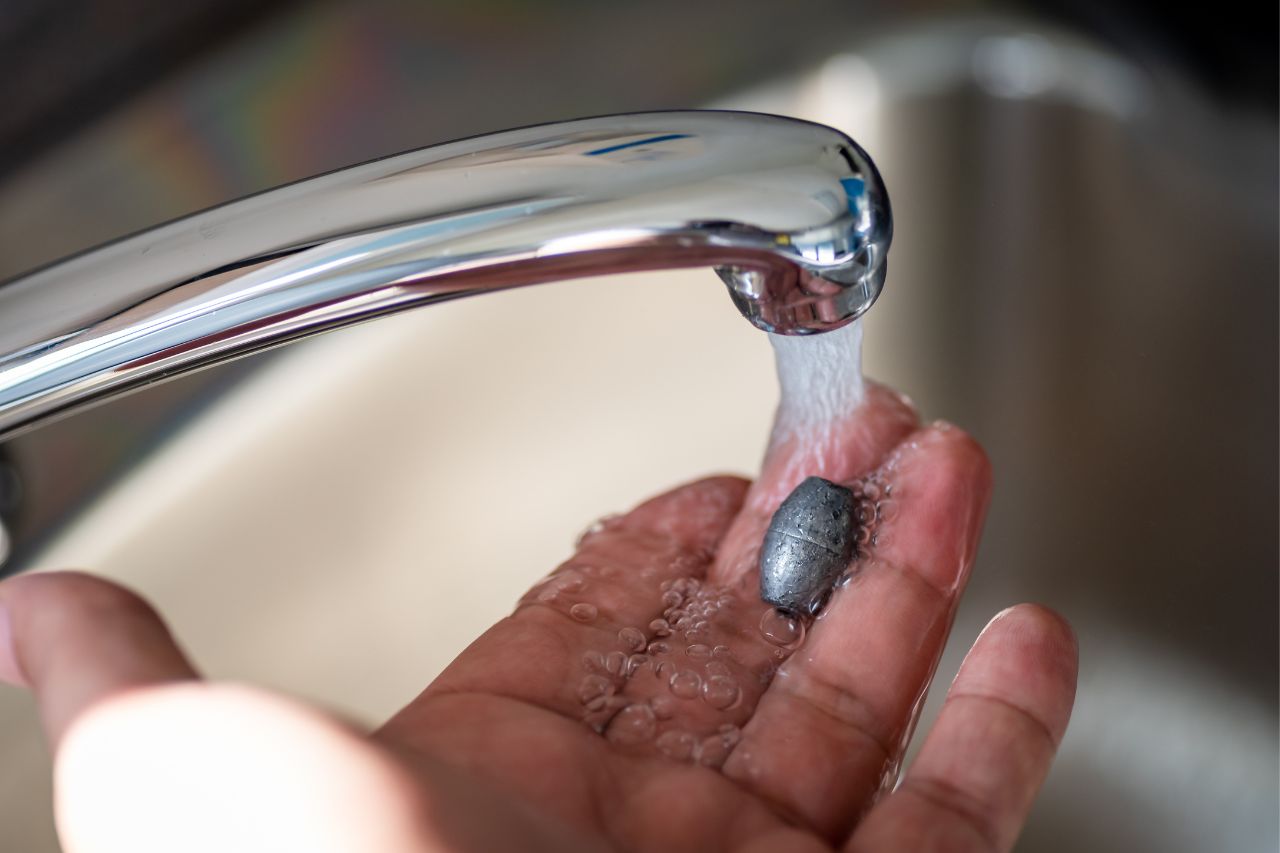Lead In Water Testing Requirements For Government Home Loans
Lead In Water Requirements For Government Home Loans
Recently Schaefer Inspection Service performed a home inspection for a client on a home with municipal water. Her intended financing was CFHA and she told us that she was required to have the water tested for lead. It has been more common lately to find that mortgages with government financing such as VA, FHA, and CFHA require lead testing for homes with wells, but this is the first time we were informed that lead-in-water testing was needed for a home with municipal water.
We contacted the lab we use for water analysis and asked if they could clarify this for us. They too had heard that city water had to be tested for lead with government loans; however, they were unable to confirm whether it was now a universal requirement.
As we learn more on this topic we will post it to our Blog (www.mhschaefer.com). In the meantime, we recommend that you confirm with the bank or mortgage company whether you will need the lead test for a real estate transaction with a government loan. You may avoid last minute problems during your closing.
Types of Lead Tests
There are two types of lead-in-water testing. Our lab tells us that either one will be acceptable.
- First Draw: The first draw test requires water be drawn from a faucet that has not been used for 6-8 hours. A kitchen faucet would be preferable to a bath faucet as the use of other fixtures in the bathroom may affect the test.
- Flush Test: This can be taken from any fixture regardless of when it was used last.
Even though a flush test will qualify, it has less value to the prospective homeowner. It is primarily designed to determine where the lead is coming from after it is found in the first draw. If the water in the pipes within the house have been flushed and lead is still found, you know the lead is coming from the water source or well equipment. If the flush test is clear, the lead found from the first draw is coming from the internal plumbing system.
We recommend doing the first draw test and the flush test at the same time. If the first draw has lead, the flush test will be the required next step. For real estate transactions where time to complete tests is limited, doing both tests will help prevent possible delays in the closing. Even though the initial testing may be slightly more expensive, in the long run, it will be less expensive if lead is found in the first draw. A second trip to a house to do the flush test will cost more than if it was done at the original inspection, due to the added travel time.


